Bo Yang


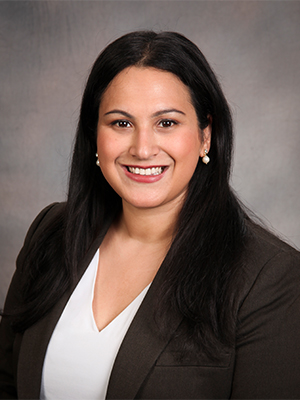
Shaheen Azim Dewji, Ph.D., (she/her/hers) is an Assistant Professor in the Nuclear & Radiological Engineering and Medical Physics Programs at the Georgia Institute of Technology, where she leads the Radiological Engineering, Detection, and Dosimetry (RED²) research group. Dewji joined Georgia Tech following three years as faculty at Texas A&M University in the Department of Nuclear Engineering, and as a Faculty Fellow of the Center for Nuclear Security Science and Policy Initiatives (NSSPI). In her prior role at Oak Ridge National Laboratory, where she remained for almost 9 years, Dewji was Radiological Scientist in the Center for Radiation Protection Knowledge. Her research interests include development of dose coefficients, shielding design, and nuclear material detection assay using gamma-ray spectroscopy. Her recent work has focused on associated challenges in uncertainty quantification in dose estimation/reconstruction associated with the external exposure and internal uptake of radionuclides associated with applications of emergency response, defense, nuclear medicine, and occupational/public safety using Monte Carlo radiation transport codes and internal dose modeling. Dewji completed her Masters and Ph.D. degrees in Nuclear and Radiological Engineering at the Georgia Institute of Technology in Atlanta, GA and was a fellow of the Sam Nunn Security Program. She received her Bachelor of Science in Physics from the University of British Columbia. Dewji currently serves on the National Academies of Science, Engineering, and Medicine – Nuclear and Radiation Studies Board and is a member of the Board of Directors for both the American Nuclear Society and Health Physics Society.
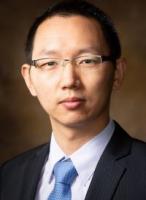
Yue Chen is an assistant professor in the Department of Biomedical Engineering, GT/Emory. He received his Ph.D. degree in Mechanical Engineering from Vanderbilt University, M.S. in Mechanical Engineering from Hong Kong Polytechnic University, and a B.S. in Vehicle Engineering from Hunan University. His research focused on designing, modeling, and control of continuum robots and apply them in medicine.
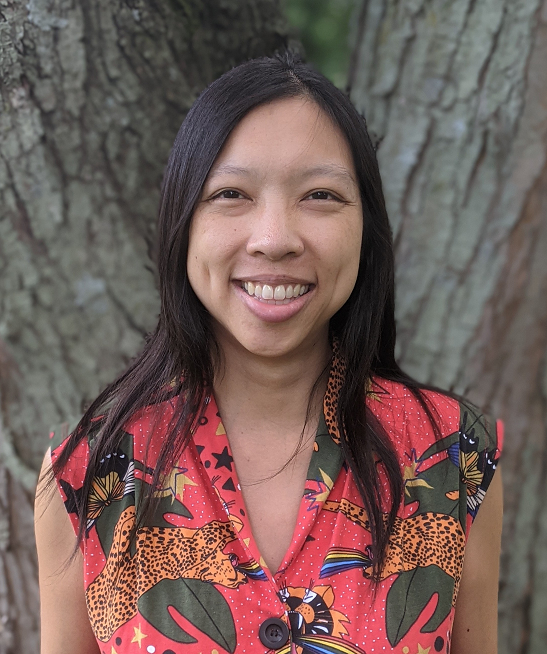
Ming-fai Fong is an Assistant Professor in the Coulter Department of Biomedical Engineering at Georgia Tech and Emory. She received her BS in Mechanical Engineering from MIT and Ph.D. in Neuroscience from Emory University. She completed her postdoctoral training in the Department of Brain and Cognitive Sciences at MIT and a visiting lectureship in the Neuroscience Department at Wellesley College.
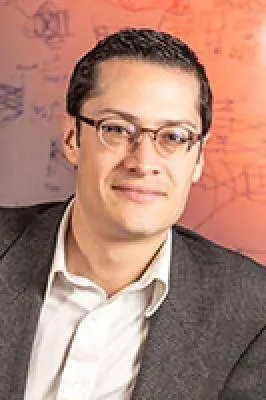
Dr. Francisco Robles is currently an adjunct assistant professor in the School of ECE and an assistant professor in the Wallace H. Coulter Department of Biomedical Engineering at the Georgia Institute of Technology and Emory University. He runs the Optical Imaging and Spectroscopy (OIS) Lab which focuses on advancing optical technologies to help improve the understanding of biological processes and the ability to identify and stage disease. The team develops and applies novel label-free linear and nonlinear spectroscopic methods, along with advanced signal processing methods, to gain access to novel forms of functional and molecular contrast for a variety of applications, including cancer detection, tumor margin assessment, and hematology.
Dr. Robles completed a Postdoctoral Fellowship in the Department of Chemistry at Duke University (2016), earned his Ph.D. in Medical Physics at Duke University (2011), and earned a B.S. in Physics and in Nuclear Engineering from North Carolina State University (2007).

Dr. Lindsey previously developed matrix array transducers, adaptive beamforming strategies, and interventional devices in Stephen Smith’s lab at Duke University, where he received a Ph.D. for his work in 3D transcranial ultrasound. While at Duke, he was the recipient of a pre-doctoral fellowship from the National Institutes of Health (NIH) as part of the Duke Medical Imaging Training Program. He also completed postdoctoral training in the labs of Paul Dayton and Xiaoning Jiang at the University of North Carolina and North Carolina State University in contrast-enhanced ultrasound imaging and in the design and fabrication of high frequency, interventional ultrasound transducers. During this time, he was awarded the Ruth L. Kirschstein National Research Service Award from the NIH to develop endoscopic transducers for contrast-specific imaging in pancreatic cancer. Dr. Lindsey recently joined the Wallace H. Coulter Department of Biomedical Engineering at Georgia Tech-Emory, where he leads the Ultrasonic Imaging and Instrumentation Laboratory. Dr. Lindsey is an active member of the IEEE Ultrasonics, Ferroelectrics, and Frequency Control Society, the Biomedical Engineering Society and the American Institute of Ultrasound in Medicine and is a member of the Technical Program Committee for the IEEE International Ultrasonics Symposium. In 2022, Dr. Lindsey received the New Investigator award from the American Institute of Ultrasound in Medicine. At Georgia Tech, Dr. Lindsey holds a primary appointment in Biomedical Engineering. He is also a faculty member for the Interdisciplinary Bioengineering Graduate Program and holds an adjunct appointment in the School of Electrical and Computer Engineering. Lab members have received best paper, best poster, and best student pitch awards from the IEEE UFFC Society. Research activities in the lab are currently funded by the National Institutes of Health and the National Science Foundation.
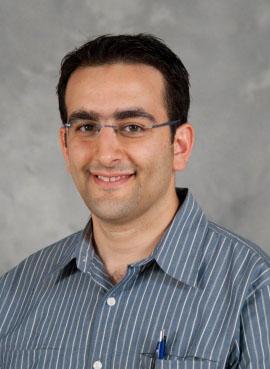
Turgay Ayer is the Virginia C. and Joseph C. Mello Chair and a professor in the H. Milton Stewart School of Industrial and Systems Engineering at Georgia Tech. Ayer also serves as the research director for healthcare analytics and business intelligence in the Center for Health & Humanitarian Systems at Georgia Tech and holds a courtesy appointment at Emory Medical School.
His research focuses on healthcare analytics and socially responsible business analytics with a particular emphasis on practice-focused research. His research papers have been published in top tier management, engineering, and medical journals, and covered by popular media outlets, including the Wall Street Journal, Washington Post, U.S. News, and NPR.
Ayer has received over $2.5 million grant funding and several awards for his work, including an NSF CAREER Award (2015), first place in MSOM Responsible Research in Operations Management (2019), first place in the MSOM Best Practice-Based Research Competition (2017), INFORMS Franz Edelman Laureate Award (2017), and Society for Medical Decision Making Lee Lusted Award (2009).
Ayer serves an associate editor for Operations Research, Management Science, and MSOM, and is a past president of the INFORMS Health Application Society. He received a B.S. in industrial engineering from Sabanci University in Istanbul, Turkey, and his M.S. and Ph.D. degrees in industrial and systems engineering from the University of Wisconsin–Madison.
Socially Responsible Operations; Practice-focused Research; Healthcare Analytics

Steve Stice is Co-Founder and Chief Scientific Officer of ArunA Biomedical, Inc, where he directs the company’s clinical and research operations. He is also University of Georgia, DW Brooks Distinguished Professor and Director of the Regenerative Bioscience Center, and holds a Georgia Research Alliance Eminent Scholar endowed chair.
Prior to joining ArunA, Stice was the co-founder and served as both Chief Scientific Officer and Chief Executive Officer of Advanced Cell Technology, the first U.S. company to advance to human clinical trials using human pluripotent stem cells. He also co-founded startups Prolinia and Cytogenesis, the latter of which has since merged with ViaCyte.
Stice was recruited to the University of Georgia by the Georgia Research Alliance (GRA) and holds an endowed chair as a GRA Eminant Scholar. Additionally, Stice serves as the Director of the Univeristy of Georgia’s Regenerative Bioscience Center, co-directs The Regenerative Engineering and Medicine Research Center (REM), a joint collaboration between Emory University, Georgia Institute of Technology and UGA, is a group leader of Emergent Behaviors of Integrated Cellular Systems, a National Science Foundation Center founded by the Massachusetts Institute of Technology. Stice also sits on the toxicology Scientific Advisory Board for the Food and Drug Administration (FDA).
Stice received a Masters of Science in Reproductive Biology from Iowa State University and a Doctor of Philosophy, Developmental Biology and Embryology, from the University of Massachusetts.
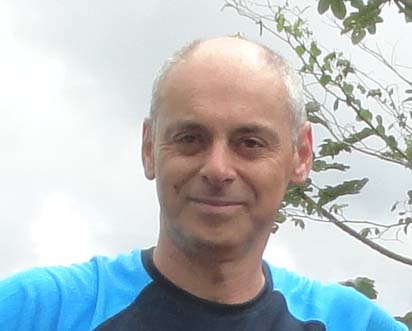
The research focus of Boris Prilutsky's laboratory is Neural Control and Biomechanics of Movement. They study how the nervous system controls hundreds of muscles and kinematic degrees of freedom of the body to produce purposeful motor behaviors and how the neural control of motor behaviors is affected by neural and musculoskeletal injuries.
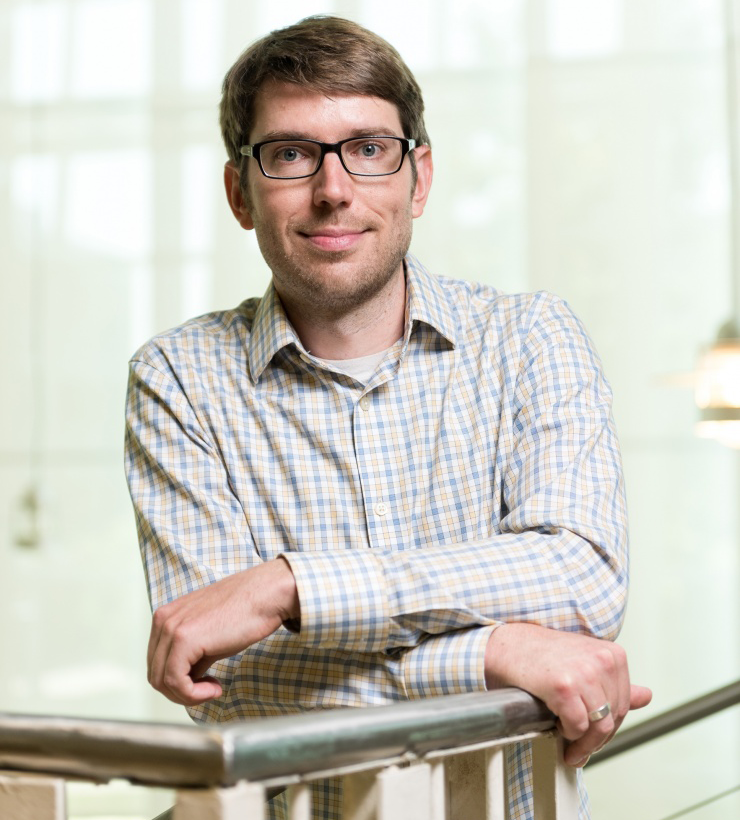
I am an evolutionary biologist broadly interested in the evolution of complex life. My Ph.D. training focused on the evolutionary stability of cooperation in the legume-rhizorium symbiosis. Here I developed new experimental methods to study how among-organism genetic conflict arises and can be mitigated. A similar evolutionary tension lies at the heart of all key events in the origin of complex life, termed the ‘Major Transitions in Evolution’: namely, how do new organisms arise and evolve to be more complex without succumbing to within-organism conflict? Studying the early evolution of multicellular organisms has been particularly difficult because these transitions occurred deep in the past, and transitional forms have largely lost to extinction. As a postdoc, I circumvented this constraint by creating a new approach to study the evolution of multicellularity: we evolved it de novo. Since founding my own research group at Georgia Tech in 2014, I have combined this approach with mathematical modeling and synthetic biology to examine how simple clumps of cells evolve into multicellular organisms. Our research has shown how classical constraints in the origin of multicellularity — e.g., the origin of life cycles, multicellular development, cellular differentiation, and cellular interdependence — can be solved by Darwinian evolution. At home, I raise two kids on a hobby farm (really just a big garden) with bees, chickens, rabbits, goats, a dog, and lots of edible plants.